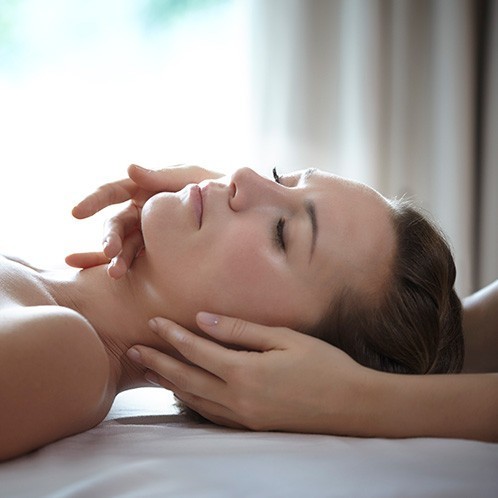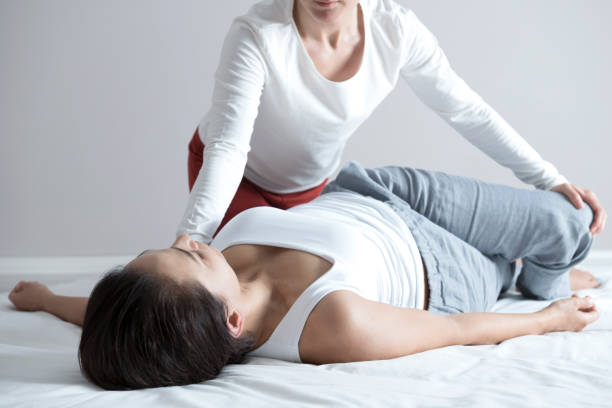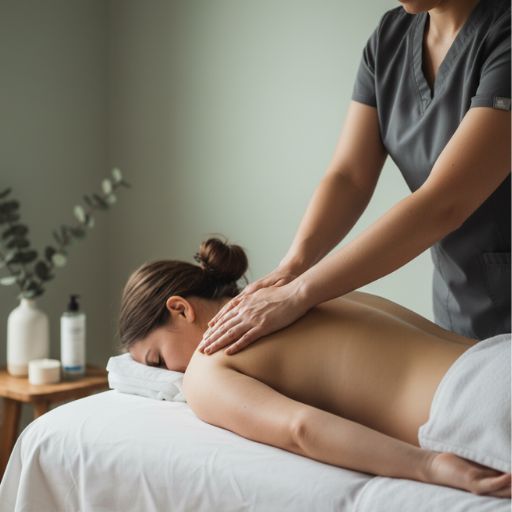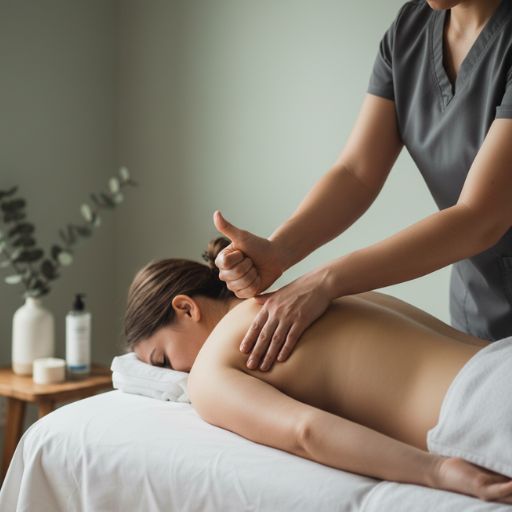Call to Book: (604) 427-2237 Need an RMT appointment before year-end? Spots are filling fast — Book Now! 🎁 Gift Cards Available Now
Registered Massage Therapist
Registered Massage Therapy. A Personalized Care for Your Body





Registered Massage Therapy
At our clinic, our Registered Massage Therapists (RMTs) are here to help you feel better in your body every day.
We are licensed healthcare professionals trained to assess what’s going on beneath the surface, from muscle tension to mobility issues, and apply therapeutic techniques that support your body’s natural healing process.
Massage Techniques We Use
We work with the soft tissues of your body: muscles, fascia, tendons, and ligaments. Our goal is to relieve pain, reduce tension, and help you move with more ease. Every treatment is adapted to your needs and how you’re feeling that day.

Swedish Massage
This is often where we begin. Long, flowing strokes combined with gentle to moderate pressure help improve circulation and encourage your body to release stress. You will leave feeling deeply relaxed and restored.

Deep Tissue Massage
If you're dealing with long-standing tension or tightness, we may use slower, more focused pressure to work through the deeper layers of muscle. This can help relieve chronic pain and improve range of motion.

Myofascial Release
We gently target the fascia, the thin layer of connective tissue surrounding your muscles, to release restriction and improve how your body moves. This technique is especially helpful if you're feeling stiff or limited.

Trigger Point Therapy
Those sharp, stubborn knots you can’t seem to shake? We use precise pressure to release them and reduce referred pain. The aim is to help your muscles function better and feel better.
What are the Benefits of Registered Massage Therapy?
RMT can help alleviate acute and chronic pain by reducing muscle tension, improving circulation, and promoting relaxation. It’s commonly used to treat conditions like back pain, neck pain, headaches, and joint stiffness.
Pain Relief
Massage therapy enhances blood flow and lymphatic circulation, which helps deliver oxygen and nutrients to tissues while removing metabolic waste and toxins.
Improved Circulation
Techniques such as Swedish massage and deep tissue massage can relax tight muscles, reduce muscle spasms, and improve flexibility and range of motion.
Muscle Relaxation
RMT aids in the recovery from injuries by promoting faster healing of strained muscles, ligaments, and tendons. It can also prevent the development of scar tissue and adhesions.
Injury Rehabilitation
Regular massage therapy sessions can help correct postural imbalances caused by prolonged sitting, repetitive movements, or poor ergonomic practices.
Posture Improvement
Massage therapy promotes relaxation and triggers the release of endorphins, which are natural mood elevators. It helps reduce anxiety, depression, and overall stress levels.
Stress Reduction
Feel Confident in Your Care
Our Registered Massage Therapists are fully licensed and professionally trained to deliver safe, effective treatments tailored to you. Whether you’re looking for gentle relaxation or targeted therapeutic work, we customize every session to suit your preferences and needs.
If you have any medical conditions or concerns, we recommend speaking with your healthcare provider to make sure massage therapy is the right fit for you. Book with confidence, knowing you’re in skilled hands.
